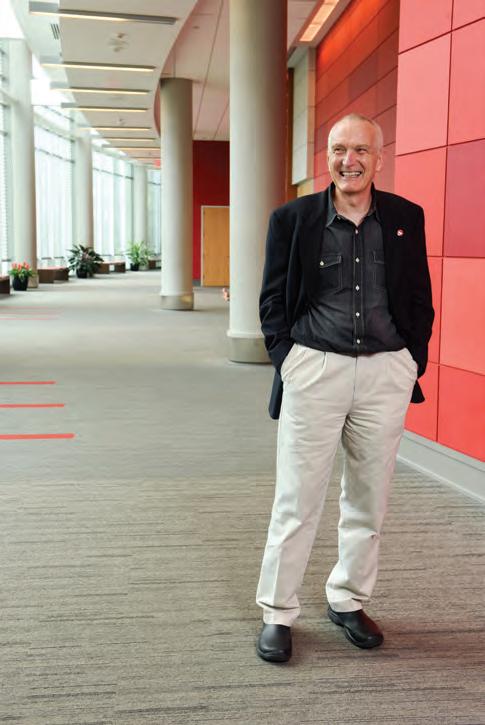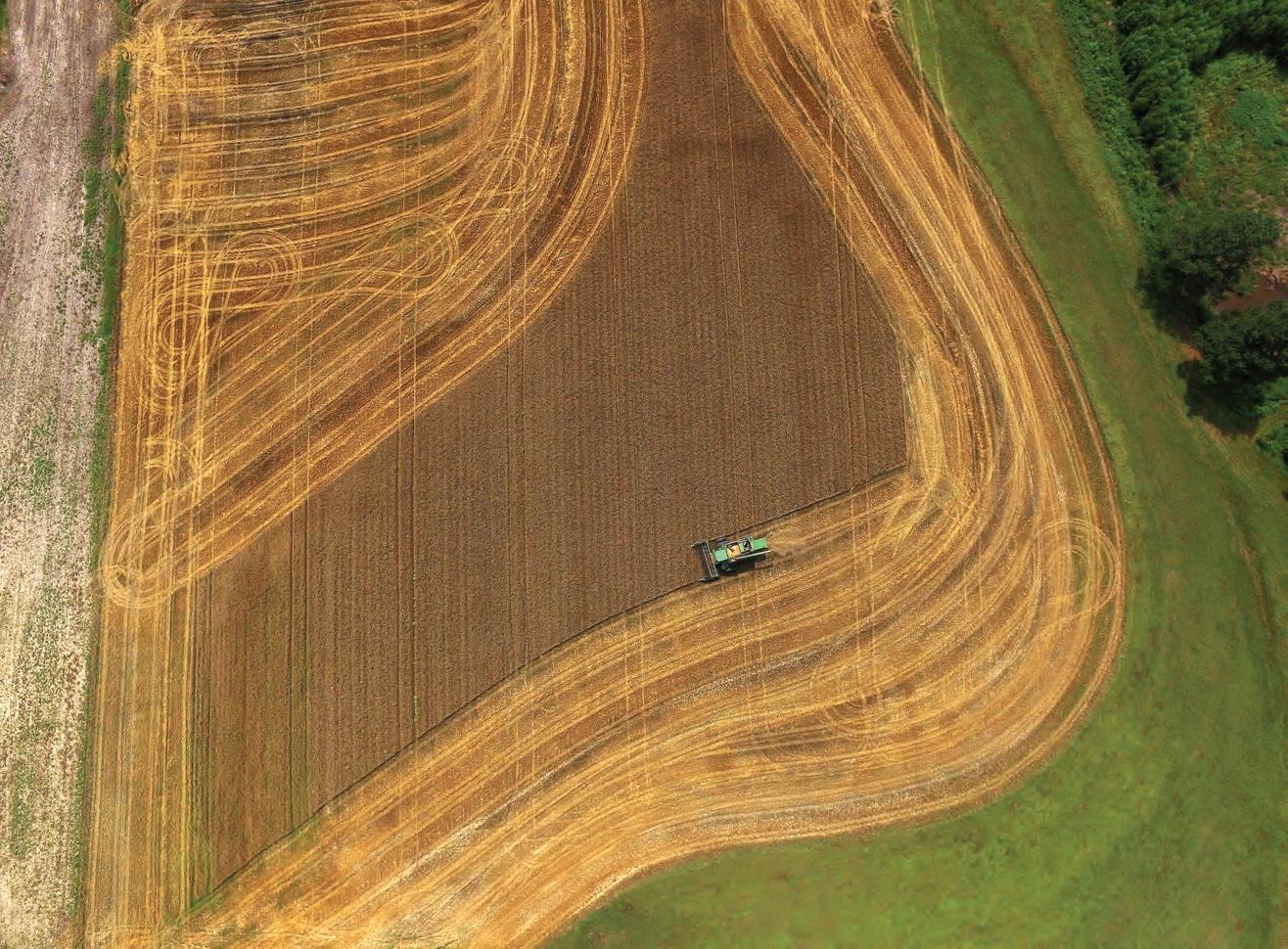
8 minute read
Ro bots And AI And Drones, Oh My
ROBOTS OH MY! By Chelsea Kellner
and AI
When CALS alumnus and tobacco grower Brandon Batten needed to streamline his baling process 10 years ago, he designed and built the automation himself. His homemade hydraulic-powered conveyors, scales and overhead chain-pulley system cut a daylong process down to an hour.
and DRONES,
Now, Batten uses a drone to scout the fields of his 600- acre Johnston County farm. He logs in to a smartphone app every morning to track year-to-year irrigation, rainfall and fertilization data for each field. And he can program his tractor to drive itself, accurate down to the half-inch.
Tech-powered precision agriculture is a big part of how many growers are strategizing to survive in an increasingly competitive global market, where they’re expected to produce more food even as land is lost to urbanization and time is lost to paperwork.
“When it comes to industry trends, we can see a transition of the machine-systems and agricultural engineering areas to more high-tech precision agriculture applications,” said Garey Fox, head of the Department of Biological and
Agricultural Engineering.
CALS alumni and partners are leading the way — and looking ahead.
Agricultural innovation is crucial to the North Carolina economy. According to NC State Extension economist Mike Walden, farming has maintained a higher level of significance in North Carolina than the nation as a whole. Agriculture and agribusiness make up an $84 billion a year industry in North Carolina, contributing one-sixth of the state’s income and employees.
Batten was named the 2017 Innovative Young Farmer of the Year by Tobacco Farm Life Museum, based on his creative thinking and savvy tech implementation. This February, a grant from NC AgVentures, NC State Extension and NC State University allowed him to purchase a drone. When rain swamped his fields right after he transplanted tobacco, Batten used the drone to count plants and make localized fertilization and input decisions to save his crop. “I think we’re just scratching the surface of automation and technology on the farm, figuring out what technology like drones can do,” Batten said.
NC State Extension: A front-row seat
NC State Extension agents and specialists are among the first to see these changes roll across the state’s agricultural spectrum — and must keep up or lose their chance at impact.
In his 30 years with Extension, Cline has seen the automation revolution of the berry industry, from mechanized color sorters in the late 1990s to the invention of “soft sorters” about 10 years ago. To weed out mushy, overripe blueberries, a cascading wall of the berries are plopped onto sensors that note how each berry hits and how high it bounces. When a berry doesn’t pass muster, a jet of air shoots it out of the cascade.

Smartphones have also transformed Extension work, Cline said, providing the ability to instantly send photos of an ailing plant, for example, rather than making the grower wait for an in-person diagnosis.
“That’s the thing that tickles me every day: when someone has a problem and we can pounce on it and make the solution clear very quickly, rather than farmers waiting days for a farm visit,” Cline said.
Looking ahead
So — with all these technological innovations transforming the farm — what’s next?
That, Batten said, is the “million dollar question.” Technology use will be a given, but some of the more striking changes may lie in human factors, Batten said.
“I think as the number of farmers continues to decline, you’re going to see a paradigm shift, where family farms are going to have to bring in outside help to keep the farm sustainable,” Batten said.
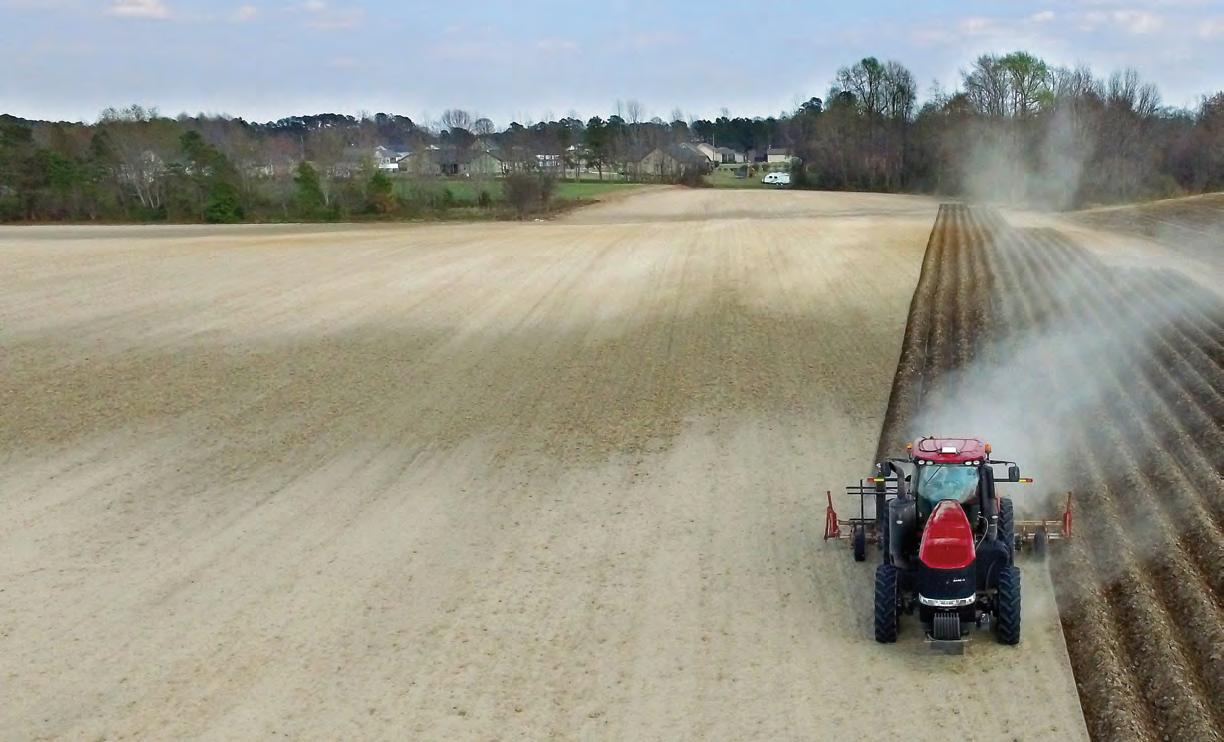
This will be a growing career track for young people interested in agriculture, Batten predicts: as farm managers who will need to know as much about Global Positioning Systems as they do about fertilizer and irrigation.
For Cline, what’s next for farming overall is on a foundational level: water use and land use — and the potential scarcity of both.
“I think there’s a coming time where enough people will be competing with farmers for elbow room that that’s going to be the next big challenge,” Cline said.
All progress points in the same direction: increased efficiency.
Six generations in, family-owned Scott Farms has weathered decades of industry fluctuations and economic avalanches, most recently by choosing an unlikely investment: the humble sweet potato.

Linwood “Sonny” Scott Jr., his wife, Alice, and his sons, Linwood III and Dewey, have grown sweet potatoes on Scott Farms since the ’80s. At the time, sweet potatoes were the unpopular cousin in the tuber family, relegated to the Thanksgiving table once a year.
But when health food interest began to surge, the Scotts saw an opportunity. In 2013, they invested in a completely automated, 50,000 square foot sweet potato packing facility for their Lucama-based operation.
In their state-of-the-art facility, every potato is photographed. Two lightning-quick cameras are mounted on the 12-lane, high-speed sorter, which can be programmed with specifications as detailed as individual potato weight or the ratio of length to width. This also aids traceability, a food-safety priority that allows growers to track food through all phases of distribution.
The family also innovates in the fields: Working with CALS, the farm now has a system ensuring that the farm uses no more than two generations of the same plant strain.
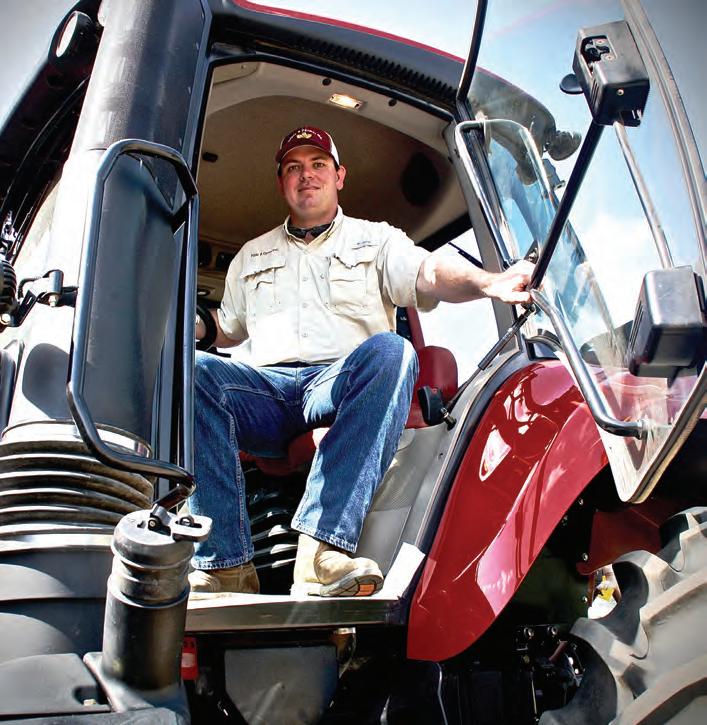
In 2006, Scott Farms shipped 99 containers of sweet potatoes to their new UK office. In 2017, that number has ballooned to 2,500 containers. About 70 percent of sweet potatoes exported into Europe are from North Carolina, Dewey Scott said. And about 5,000 of their 12,000 acres are devoted to growing the orange spud.
Technology saves physical labor, Dewey said, and also precious time needed for another new innovation added to farm life in modern times: piles of paperwork.
CALS BEHIND-THE-SCENES: VISIONARY LEADERSHIP
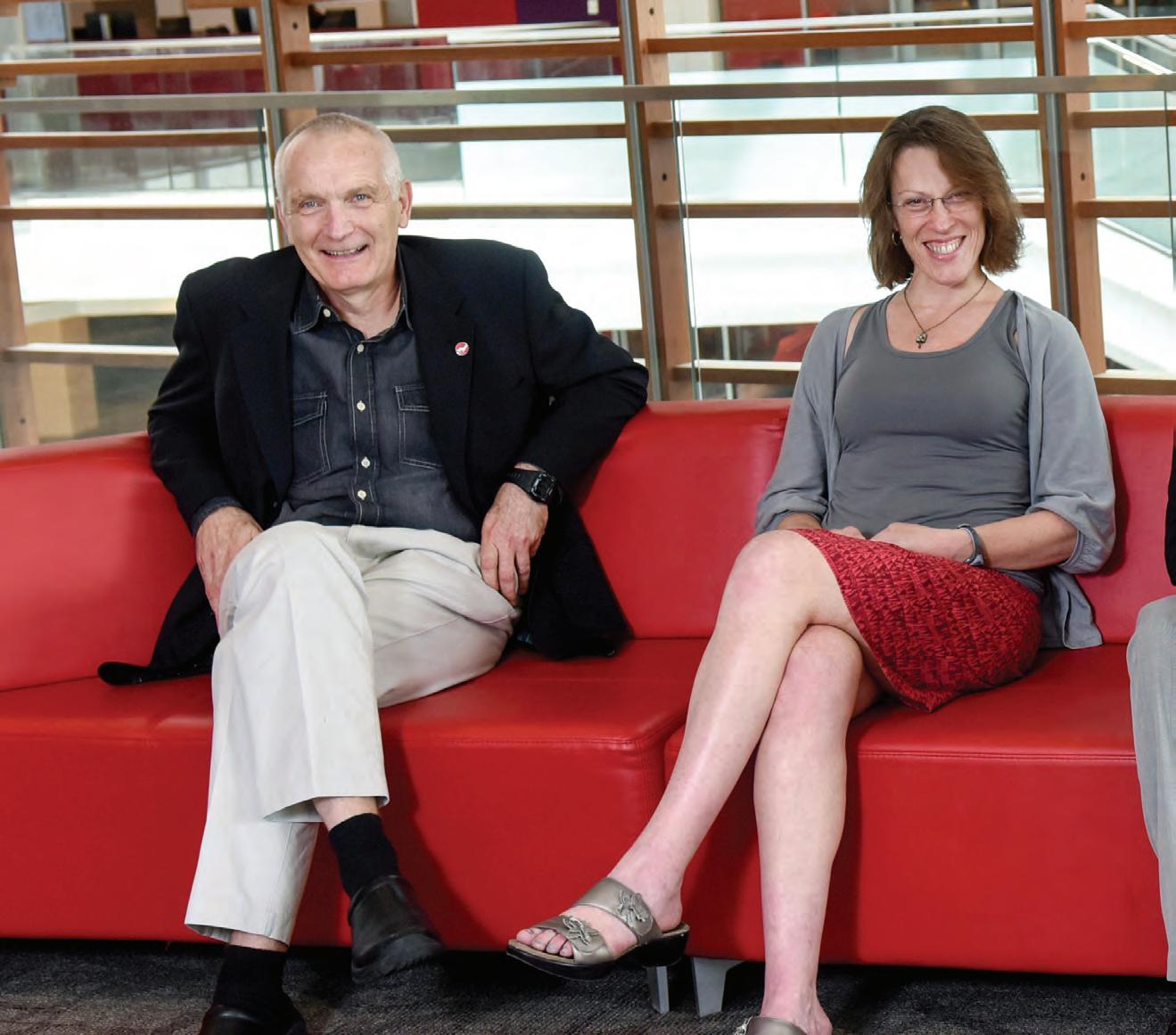
So here’s a peek behind the curtain: a glimpse into the strategic thinking of our four new department heads. They work in very different disciplines, but they share two things: a deep love of CALS ... and a grand vision for what’s next.

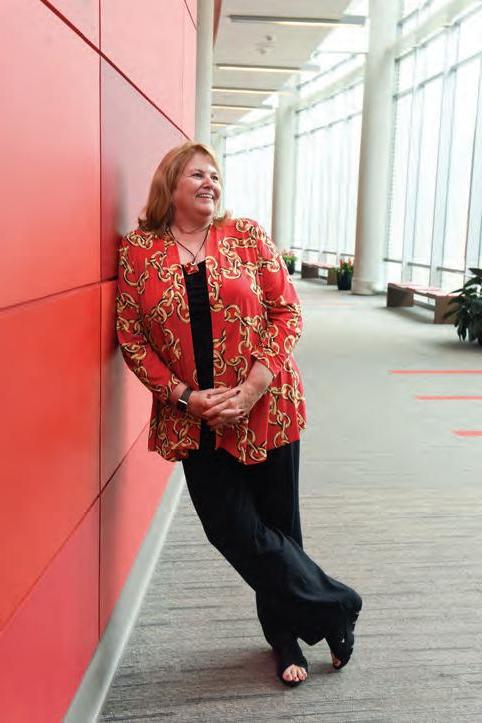

Department Head Prestage Department of Poultry Science
“I think what’s next for our department is to vision where the industry is going, and to move faster than the university has typically been known to move, so that we can meet the needs of our large, diverse poultry industry in North Carolina.
“We can offer the most totally integrated food animal system in the country at a university for not just poultry, but for all major food animals. I think that’s an exciting opportunity that we can take advantage of and really grow here.
“We’re also going to make sure our students are trained and prepared to go all over the world and enter non-traditional poultry careers as well as the production poultry career training they would get at most universities.”
Garey Fox
“We have hired five new faculty members since August, and we have three more positions coming. That creates an opportunity to not only build a brand-new culture but also to invest in facilities and resources.
“BAE is jointly administered by CALS and the College of Engineering. That puts us in a unique position to serve as a catalyst for multidisciplinary partnerships with many other departments on this campus — as well as with other institutions across the U.S.
“As more engineers retire each year than enter the workforce, the demand for engineering graduates is only going to grow. This puts our graduates in a good position to land outstanding jobs after graduation.”
“My vision for our department is along the axes of teaching, research and extension.
“In teaching, we are pushing for experiential learning opportunities for our students. With the Poole College of Management, we are building a program on agricultural entrepreneurship — by the end of the year we will have a concentration, and eventually a minor. … We’ve also been offering a course on data analytics for the farm and agribusiness to meet the demand for analytics skills.
“In terms of research, we are pushing for more multidisciplinary work, especially on the economics of water. … And we are excited about what we are doing in the area of ag entrepreneurism across the entire spectrum, from small farms to big farms.”
Melanie Simpson
“Research, nationally and internationally, is going more into team-oriented science because of the need to solve problems on a larger scale. In order to solve such complicated problems, you need a team of people who have expertise in vastly different areas.
“Building teams like that is part of the reputation I built in Nebraska and a big part of the vision I have for coming to NC State. No one individual can push something. There’s so much more power in a team.
“In 10 years, I’d like to see the department centrally positioned and facilitating quantitative science, with unique grants and training opportunities for our students and partnerships with industry that increase collaborations and lead to impact.”
